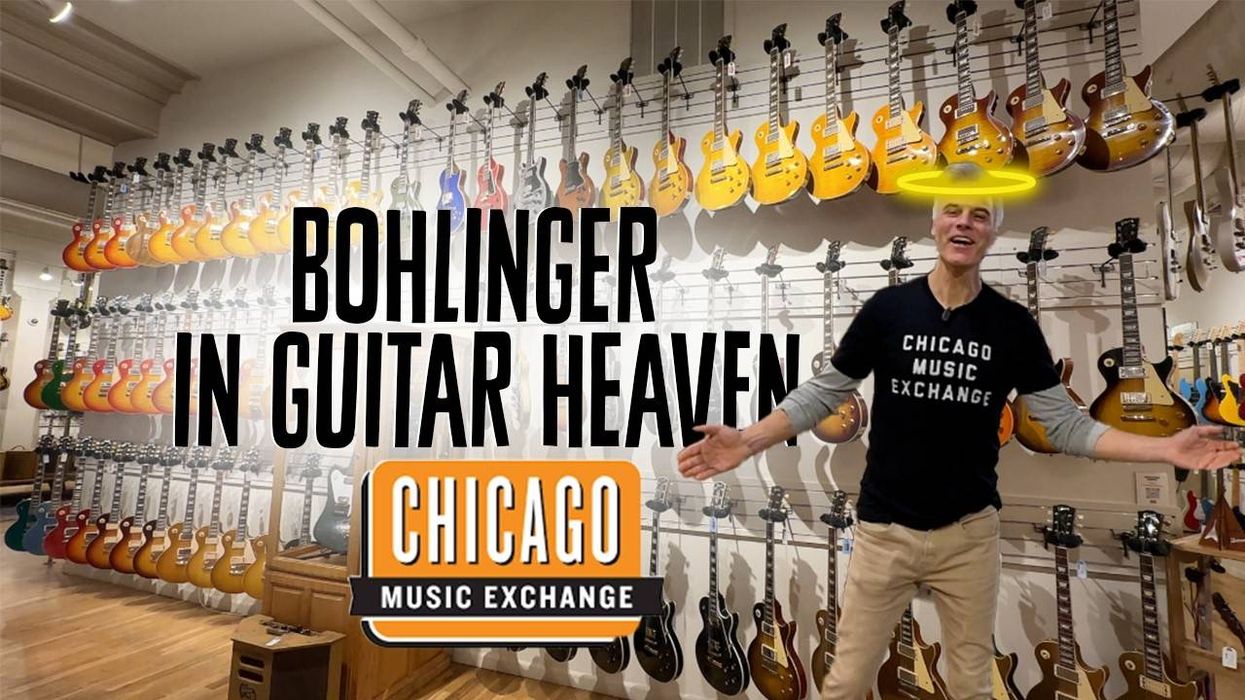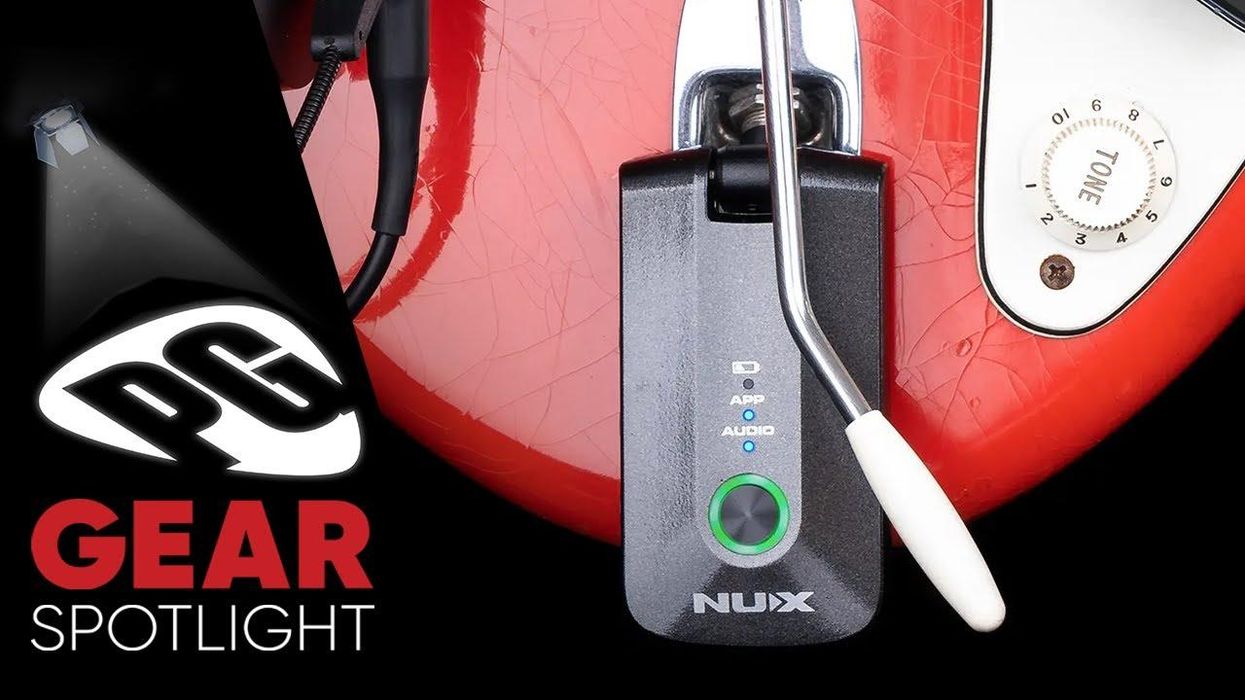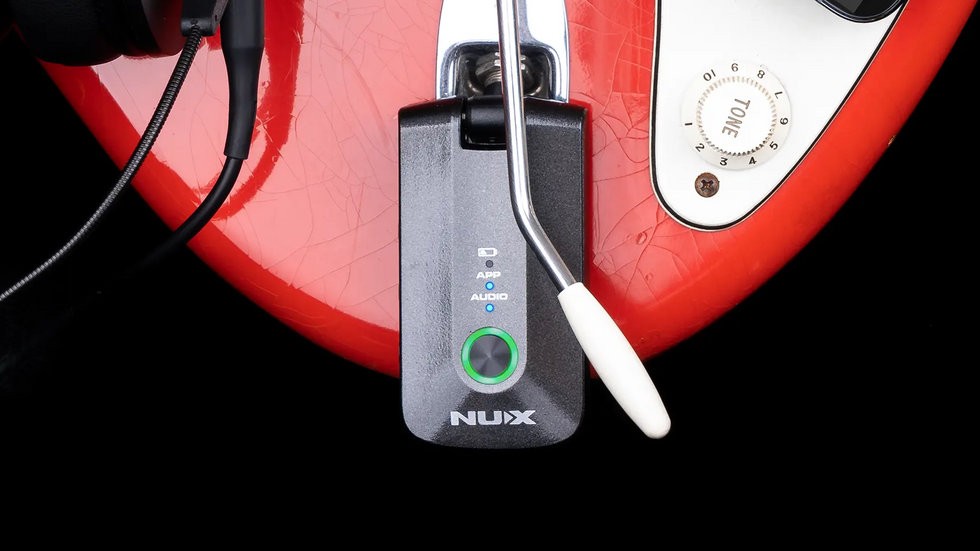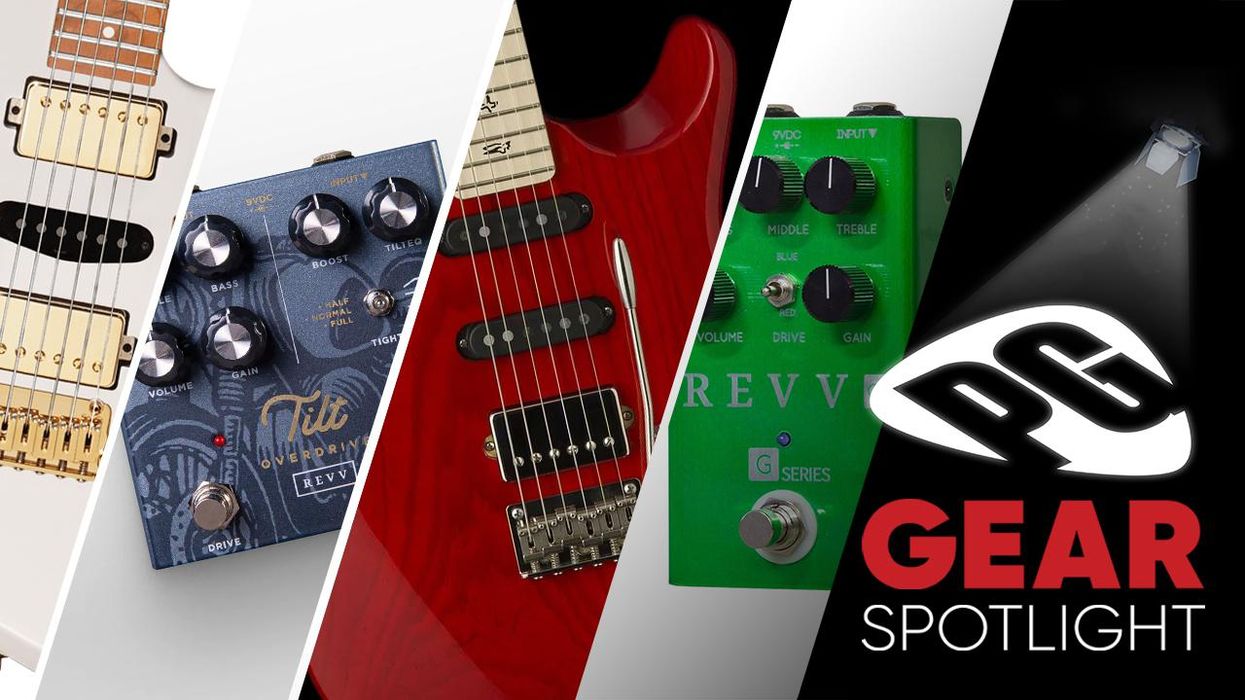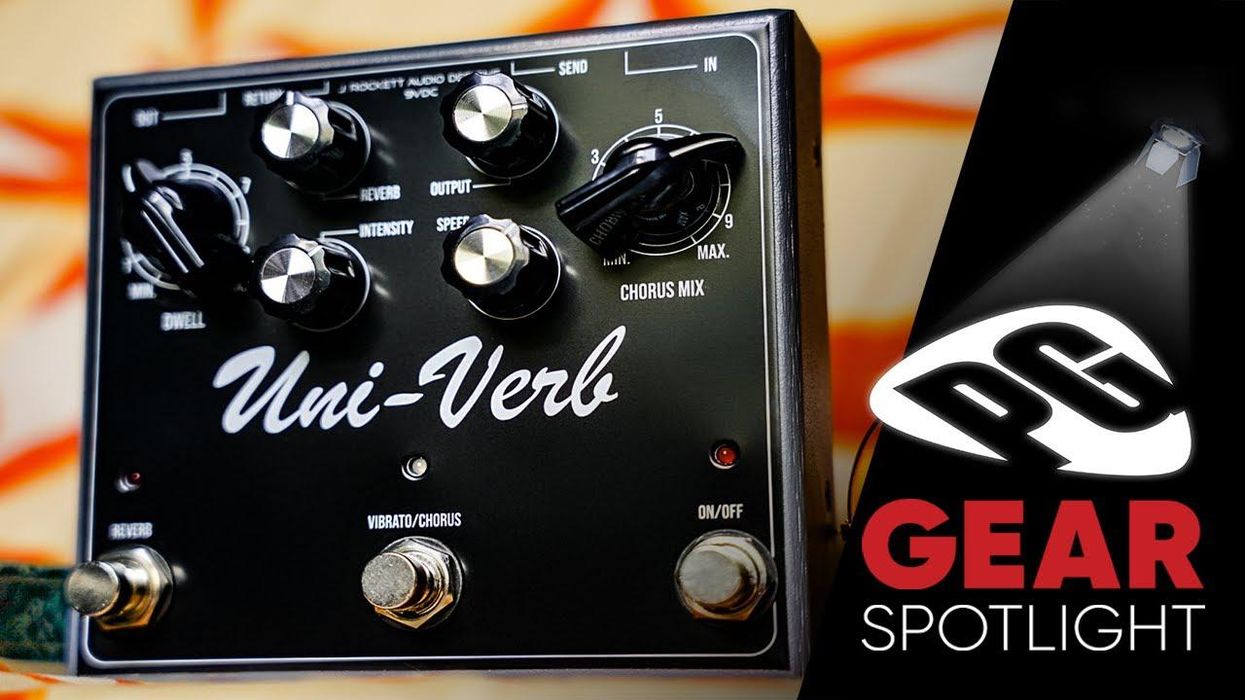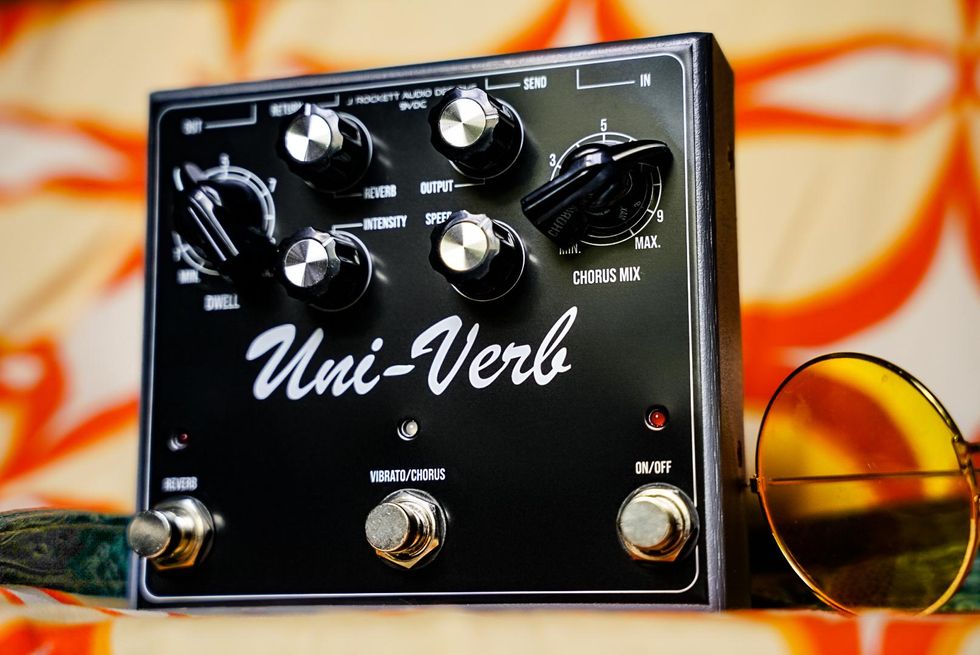French neo-soul artist Kaspar Jalily shows off his new signature semi-hollow’s neo-traditional soul.
Vola Vasti KJM J1
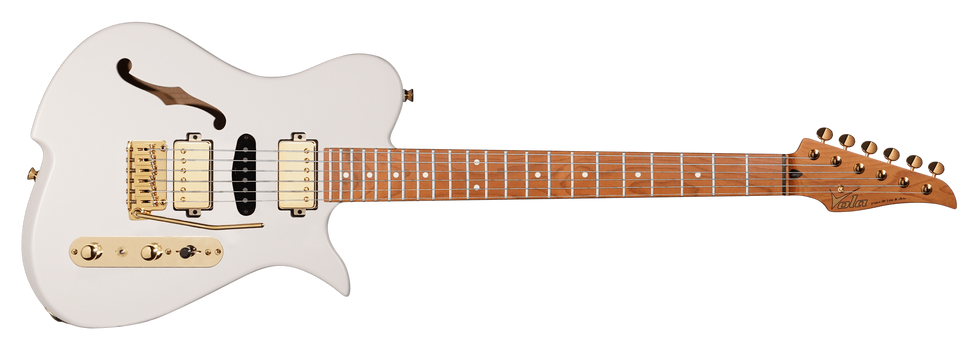
Vola Guitars and Kaspar Jalily have teamed up to design a guitar that he can use for his solo projects but also something that he can use for all the different styles of session work and live performances that Kaspar is involved with. The Vola Vasti KJM J1 has an array of features that is worth checking out.
Vola Guitars
$1829


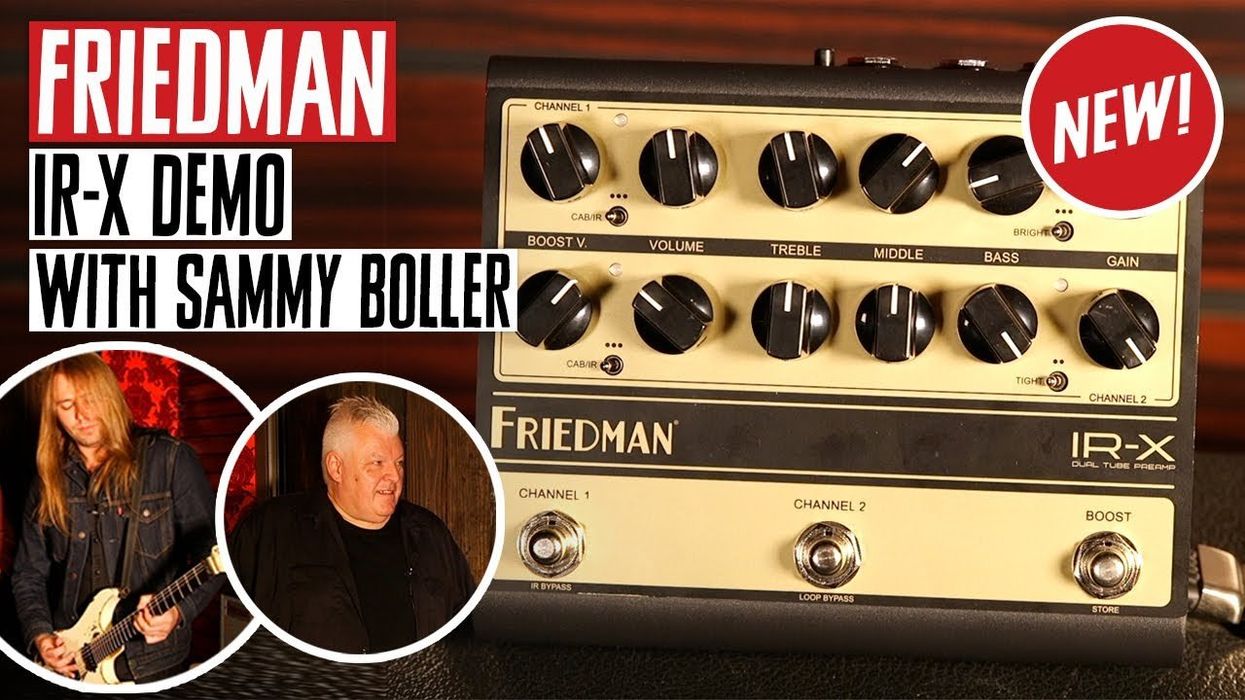
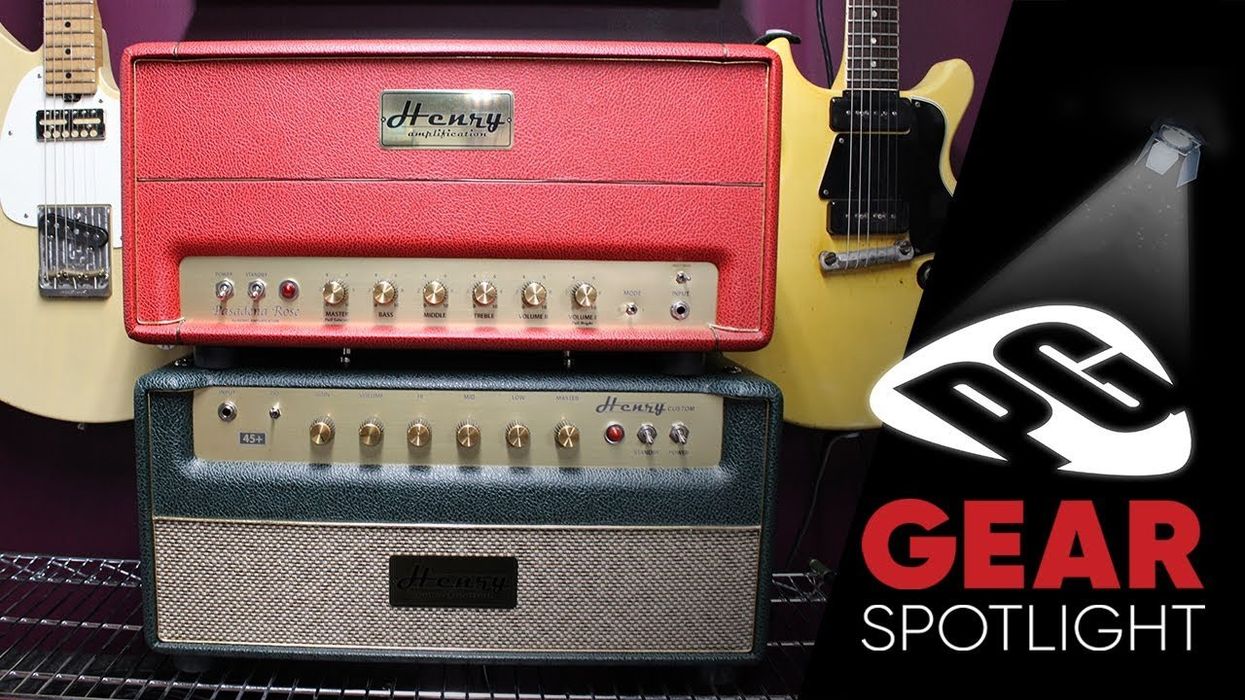
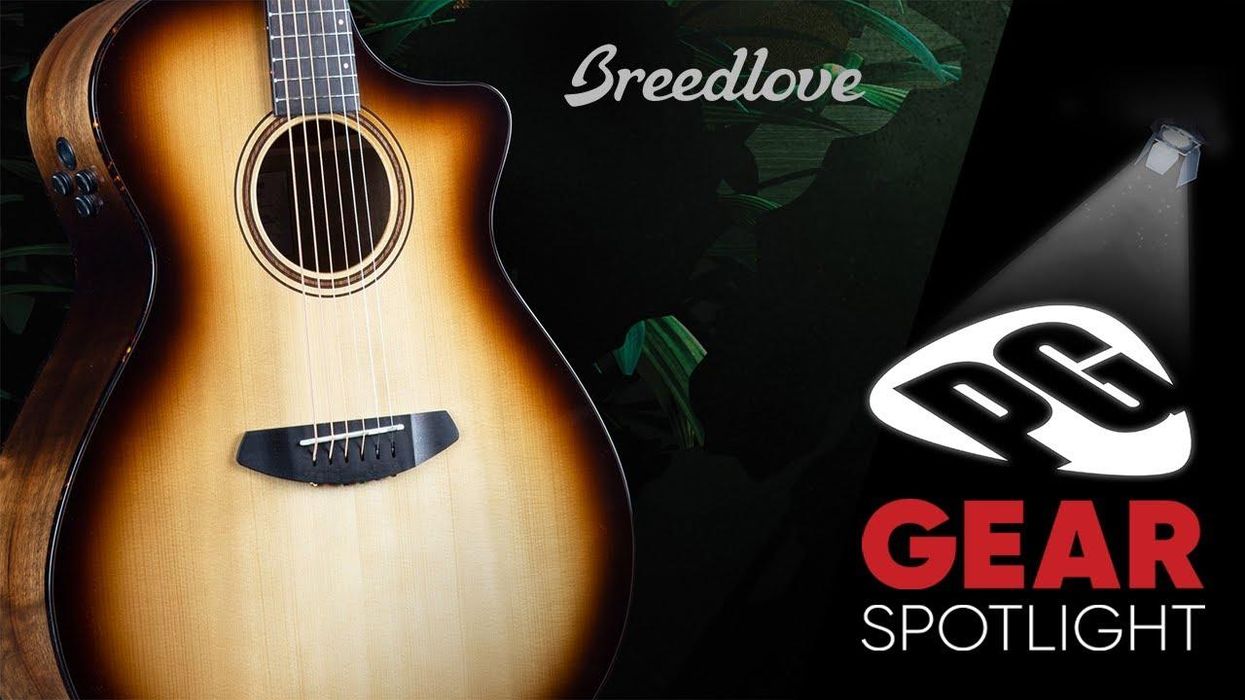
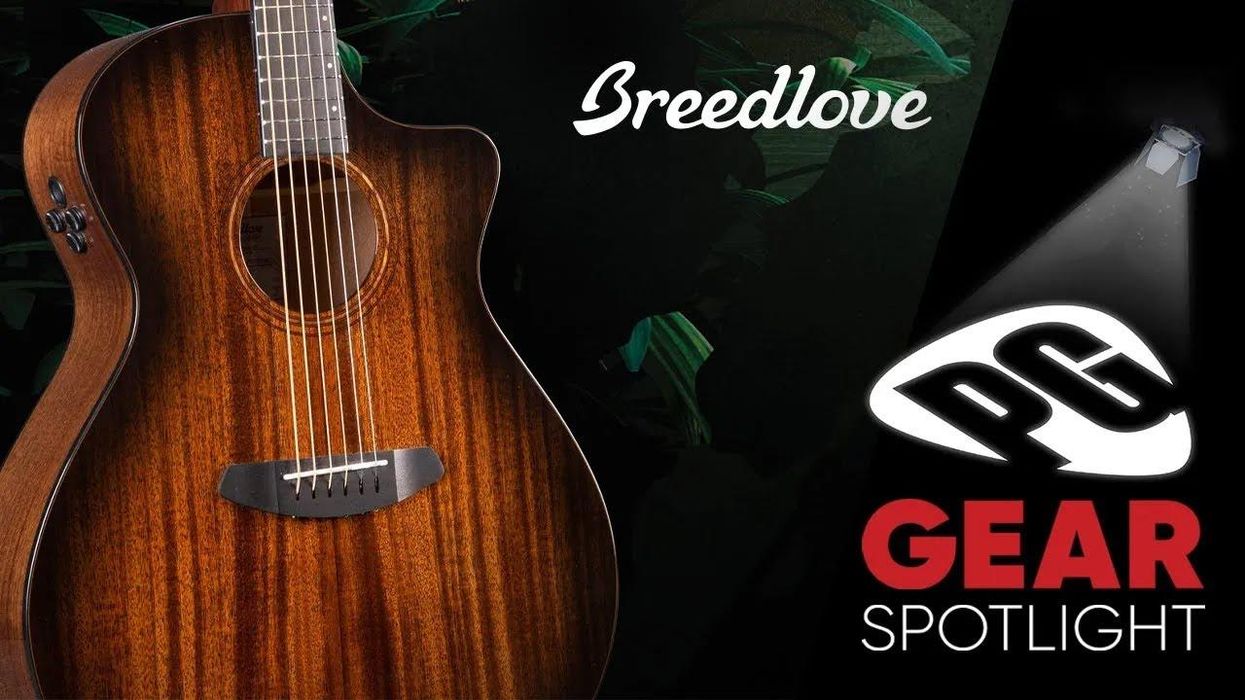
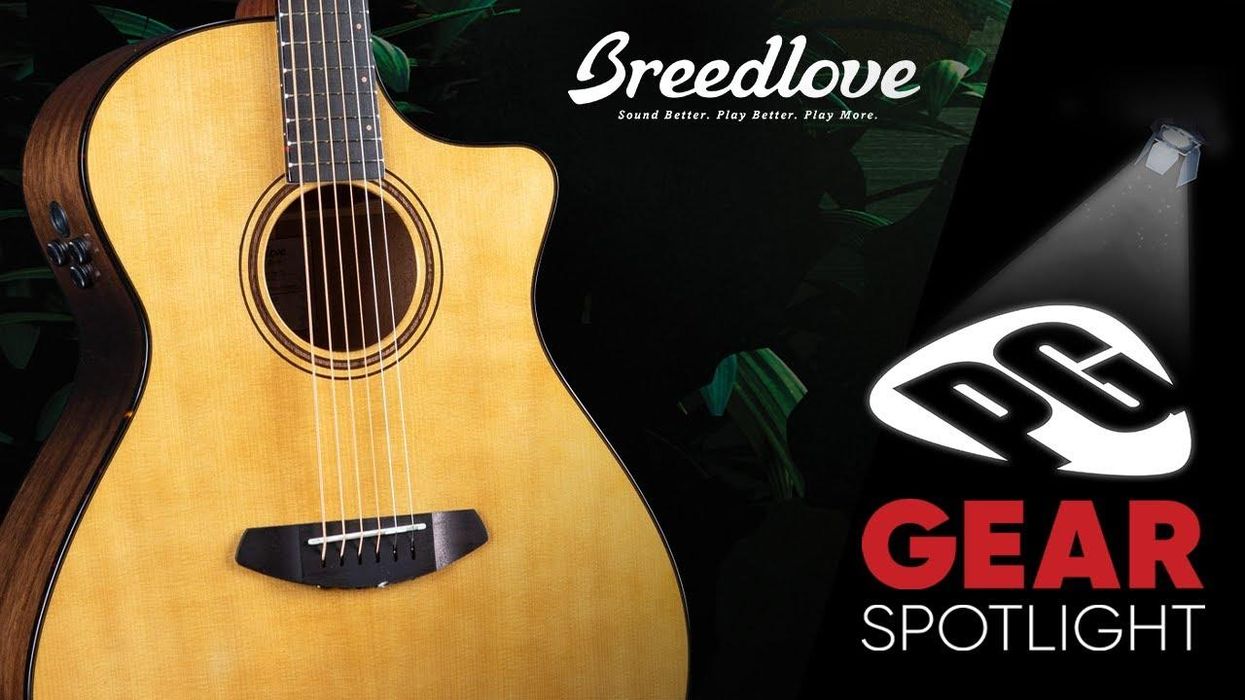



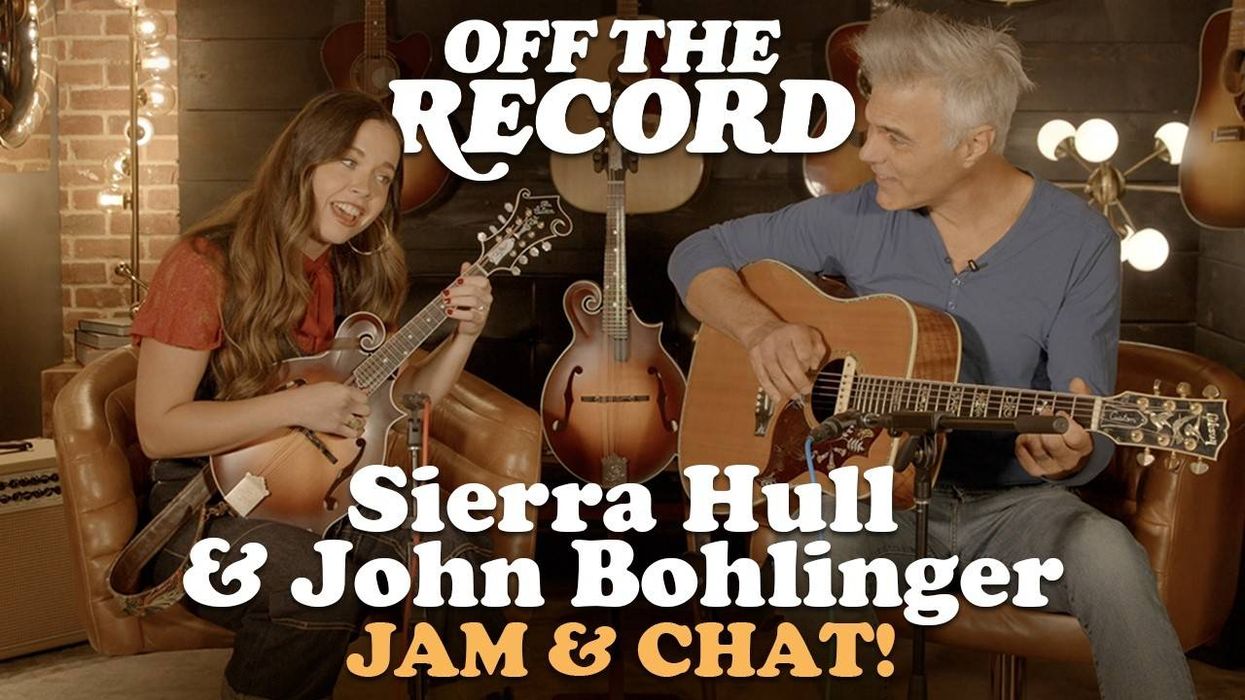


![Devon Eisenbarger [Katy Perry] Rig Rundown](https://www.premierguitar.com/media-library/youtube.jpg?id=61774583&width=1245&height=700&quality=70&coordinates=0%2C0%2C0%2C0)
